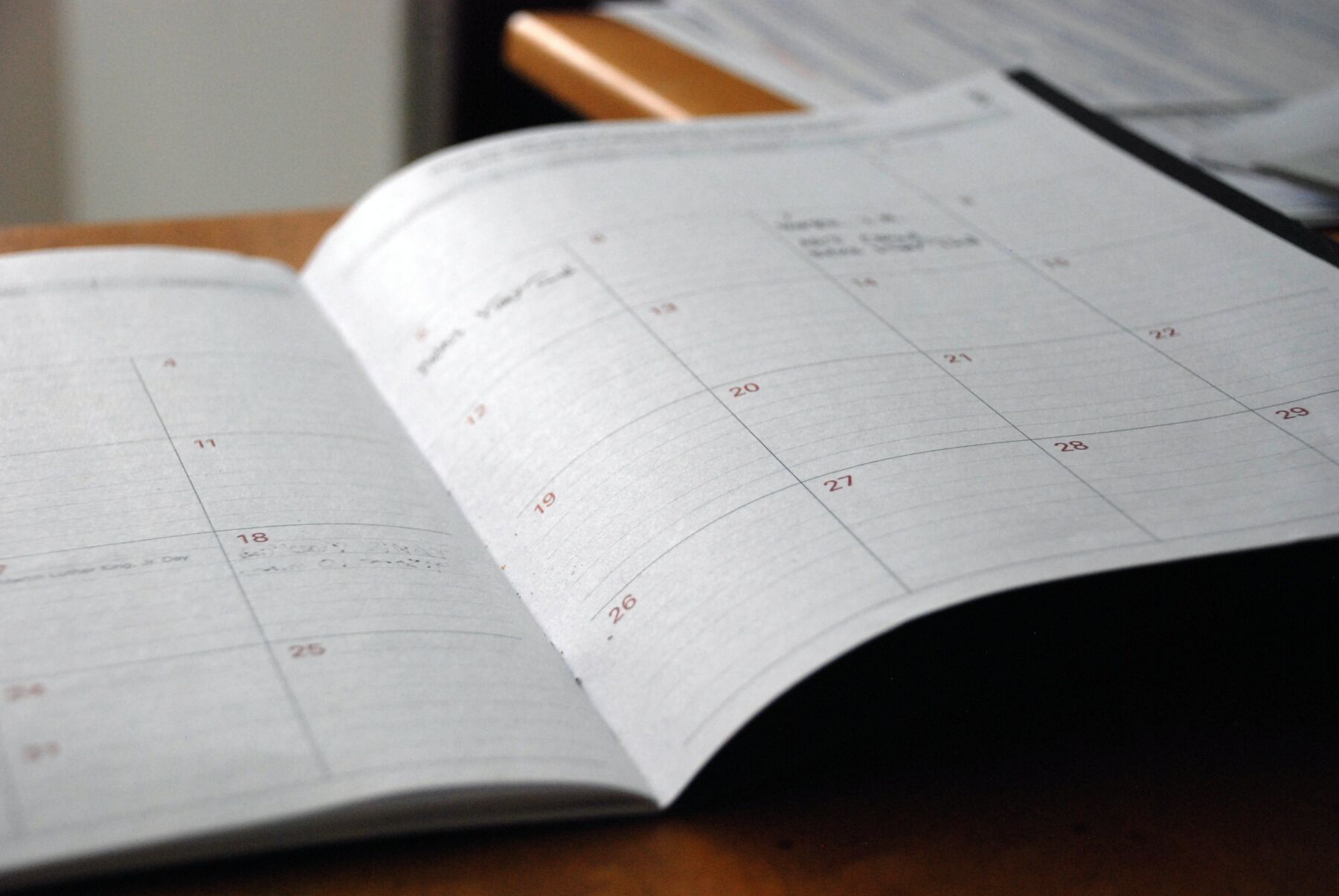Procurement has always been a challenge. Being able to accurately identify, plan, and secure equipment and then have it delivered on schedule is a challenge in itself. It's a no-brainer: no equipment equals no project.
In the past two years, procurement went from being a hassle to a full-blown headache. Maneuvering material backups, shipping and logistic challenges, and labor shortages have become common challenges. Equipment that used to take a matter of weeks is now slated for 6+ months.
For this reason, managing long-lead equipment is more important than ever. Here are our tips and tricks for managing equipment lead times effectively:
- Identify equipment items that may pose a time risk early on. Ensure that every piece of material, no matter how small, is included on this list. Many times the smallest pieces and parts can pose the longest lead times, creating compounding problems.
- Order your materials as soon as possible. If your ideal project schedule is 3-6 months but the lead time for a critical asset is 12+ months out, then you're stuck. Your initial schedule should be built around critical asset lead times.
- Identify all material and equipment delivery timelines. Your partners and contractors should be able to do this for you. Have them flag anything that could potentially pose a problem to your schedule.
- Identify materials or equipment that are critical to the project in terms of sequencing. Any items that are critical and would cause large schedule delays need to be flagged. These items will need frequent check-ins to ensure their delivery is on schedule.
- Incorporate all critical items within the project schedule. Ensure that planned delivery dates and actual delivery dates are noted.
- Schedule regular progress review meetings with the project team. Have the team report out on project progress and track long lead items. Document these meetings, ask hard questions, and push for information.
- Keep an updated tracking sheet of critical equipment throughout construction. This tracking sheet should include all of the information you collected on material and equipment lead times, delivery times, logistics plans, sequencing concerns, and other documentation. Monitor it on a regular basis and review it with project stakeholders regularly.
- Meet with your critical equipment vendors. Have your vendors provide you with delivery schedules, documentation details, scope and terms, purchase orders, progress reports, etc. Many times your contractors will handle this relationship for you and will serve as an intermediary. For critical items, it may be smart to join the conversation as well.
- Push your contractors for a logistics plan. The logistics plan should include staging, storage, inspections, packaging, waste, etc.
- Secure evidence of progress for critical assets. Ask your contractors to provide sub-vendor purchase orders, raw material delivery notes, fabrication photos, etc. This could be any information that will provide assurance on your end that deadlines will be met.
Share this Blog Post
Leave a question or comment:





